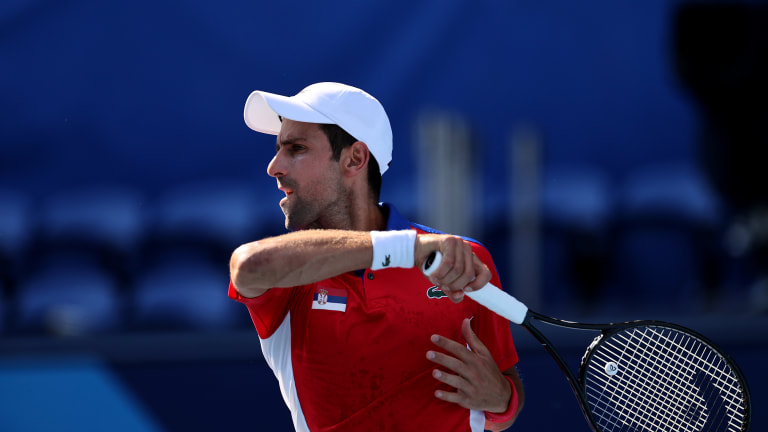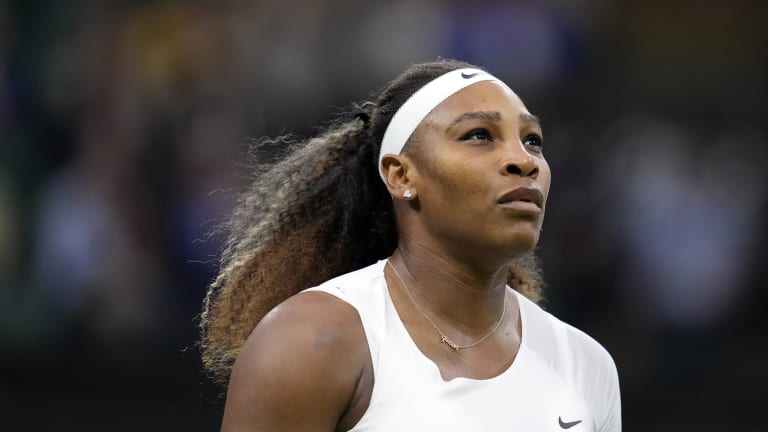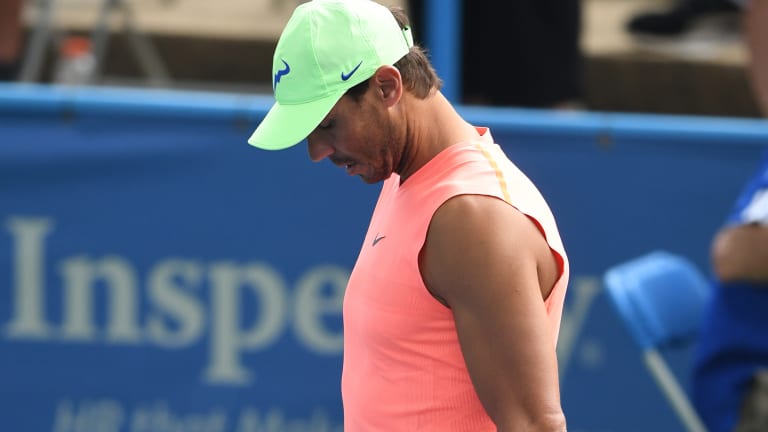Federer Turns 40
The Rally: What the August exodus of Djokovic, Nadal, Federer and Serena means for summer hard-court tennis
By Aug 11, 2021Federer Turns 40
Roger Federer: "At the moment, everything is still a little bit uncertain"
By Aug 13, 2021Federer Turns 40
Roger Federer: The second 40-something to rank in the Top 10
By Aug 08, 2021Federer Turns 40
What makes Roger Federer so fascinating at 40?
By Aug 08, 2021Federer Turns 40
The Rally: 20-plus years in the making, how writing The Master humanized Federer for its author
By Aug 08, 2021ATP Barcelona, Spain
Play suspended in Barcelona when the wrong racquet gets taken for stringing
By Apr 17, 2025Pop Culture
Serena Williams named to Time's 100 most influential people ... and Coco Gauff approves!
By Apr 17, 2025WTA Stuttgart, Germany
Jelena Ostapenko tops Emma Navarro for Iga Swiatek Stuttgart clash; Coco Gauff, Jessica Pegula roll
By Apr 17, 2025ATP Munich, Germany
Who is Diego Dedura-Palomero? Meet Germany’s latest teenage star
By Apr 17, 2025Roland Garros
Rafael Nadal to be honored with 'exceptional' tribute on opening day of Roland Garros
By Apr 17, 2025Federer Turns 40
The Rally: What the August exodus of Djokovic, Nadal, Federer and Serena means for summer hard-court tennis
None of the four already all-time greats will play a match at the big Canada or Cincinnati tournaments, leaving their US Open prospects in question.
Published Aug 11, 2021
Advertising
Advertising

Djokovic has opted not to play any tournaments in between the Tokyo Olympics and US Open.
© Getty Images
Advertising

Serena hasn't played since retiring in the opening set of her first round at Wimbledon due to an ankle injury.
© Copyright 2021 The Associated Press. All rights reserved
Advertising

Nadal lost to Lloyd Harris in Washington, D.C., and was scheduled to face him in Toronto before withdrawing.
© 2021 Getty Images